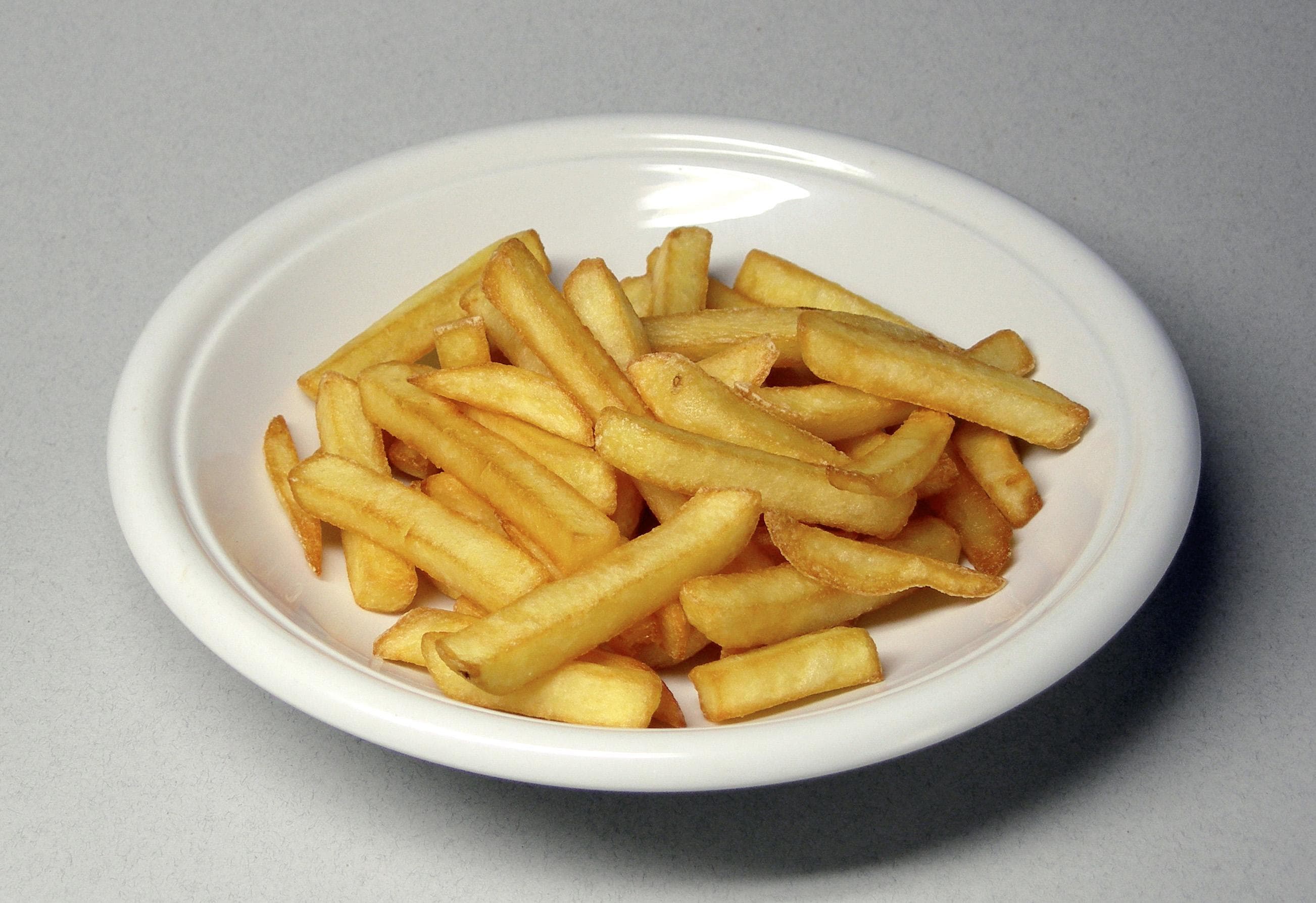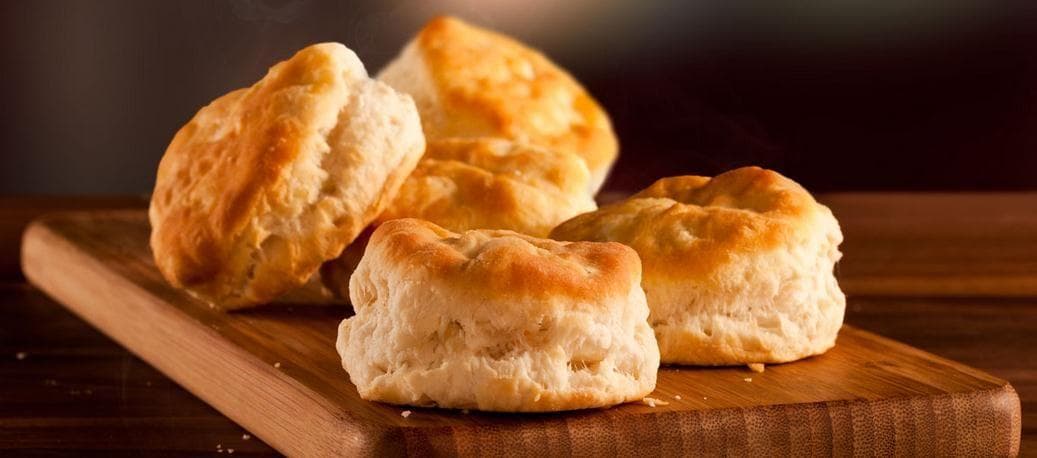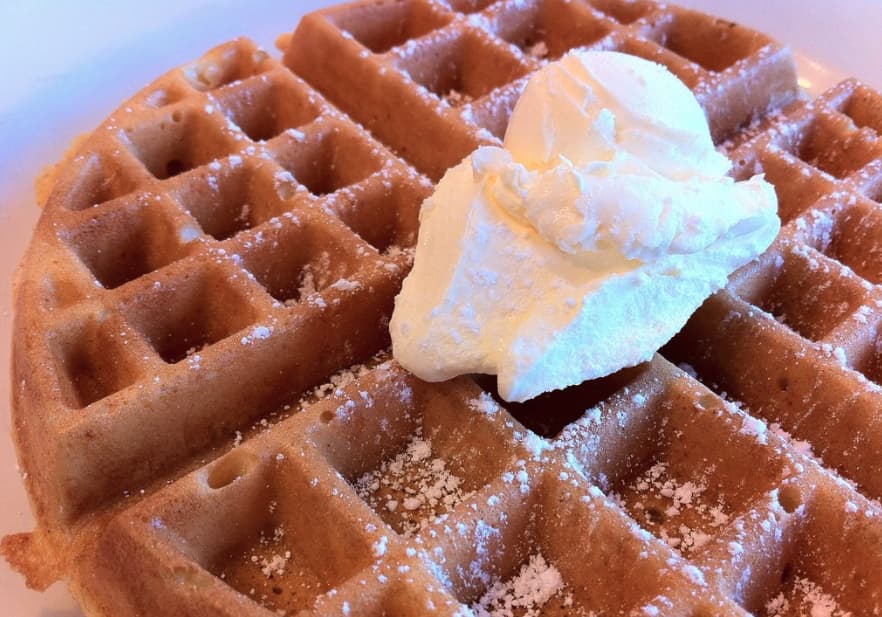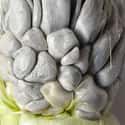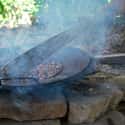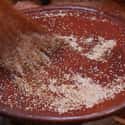-

(#6) Lake-Dwelling Amphibians And Bugs
The land surrounding Tenochtitlán was swampy and muddy, and the Aztecs took advantage of the surrounding lakes for living food sources. They feasted on frogs, water bugs, and lake shrimp. They also didn't hesitate to munch on eggs and larvae from both bugs and amphibians.
One of their delicacies was the axolotl, a larval salamander. According to the Florentine Codex, these lake-dwelling creatures were prepared in many ways: "...frog tamales, frog with grains of maize, axolotl with grains of maize, axolotl tamales, tadpoles with grains of maize..."
-
(#9) Huitlacoche
Known as "Mexican truffles," huitlacoche is a corn (or maize) fungus now seen as a gourmet food. It is described as a "disorganized greyish mass, glossy outside and black inside when overripe."
In the Aztec language, Nahuatl, huitlacoche translates to "sleeping excrescence." This is because the fungus affects the growth of corn kernels, in essence causing them to "fall asleep." However, the Aztecs saw "this scourge as a blessing in disguise," creating sustenance out of the fungus that was ruining their beloved maize.
When young, the white fungus tastes good raw, while the aged black fungus is better cooked.
-

(#8) Tecuitlatl
This edible algae or seaweed, which the Aztecs called tecuitlalt, was "collected or swept up by nets, or heaped up by spades." Once gathered, it would be dried in the sun.
Tecuitlatl, after it was sun-dried, would be formed into cakes, dried again, and then used to make tortillas. One writer tried to equate its flavor to cheese, except it was "less pleasing and with a certain taste of mud."
-
(#1) Chocolatl
The Aztecs can be thanked for their contributions to the development of chocolate. To these ancient people, what they referred to as chocolatl was considered a "food of the gods."
Chocolatl as the Aztecs knew it was much different than the chocolate of modern times. It wasn't sweet or formed into bars. In fact, the Aztecs made a drink out of the cacao seed in lieu of transforming it into the treat it makes today.
Bernardino de Sahagún explains in the Florentine Codex the context through which chocolatl drinks were swilled:
This cacao when much is drunk, when much is consumed, especially that which is green, which is tender, makes one drunk, takes effect on one, makes one dizzy, confuses one, makes one sick, deranges one.
There's been a lot of speculation over how the chocolatl drink caused intoxication, but the cacao tree had religious significance to the Aztecs, and the drink was used in various rituals.
-
(#3) Amaranth Tamales
The amaranth plant possessed a religious significance for the Aztecs, and its seeds and young leaves were used in various types of cuisine. Amaranth seeds could be cooked, combined with sweeteners like maguey (agave) to make dough, or added to other dishes.
It was cooked in tamales - corn flour steamed in husks and filled with various foods - for lords and upper classes, especially around festival days. During these celebrations, it was still possible for commoners to get their hands on these specialties.
The 16th-century Florentine Codex, written by a Spanish monk in Mesoamerica, describes the preparation of "tamales made of maize flowers with ground amaranth seed and cherries added" and "tamales stuffed with amaranth greens."
-
(#4) Pepián
The upper classes in the Aztec empire enjoyed flavorful sauces, stews, and casseroles. The Florentine Codex pinpoints one casserole devoured by lords, a "kind of casserole of fowl made in their fashion, with red chile and with tomatoes, and ground squash seeds, a dish which is now called pipian."
Also known as pepián, this dish has evolved through the centuries and is now a quintessential Guatemalan stew. These days, the dish still carries many of its original traits. According to one writer, "Pepián is normally served with one meat, but you can have a full three-meat version. It always contains vegetables and fruits - such as pear, squash, carrot, potato and corn on the cob."
Pepian is "thick and rich, with a wealth of roasted spices blended together."
New Random Displays Display All By Ranking
About This Tool
The Aztecs are ancient Mexican civilizations that existed in the 14th to 16th centuries, mainly distributed in central and southern Mexico. The Aztecs are the indigenous people of Mexico. Through generations of selection and optimization, the Aztecs have cultivated a series of foods that affect the food culture of the world. The diversified climate breeds rich biodiversity and also provides favorable conditions for agricultural planting.
Pumpkin is regarded as the first crop cultivated by the ancestors of Central America, then corn and kidney beans became important foods. Aztecs seem to have a talent for cooking delicious foods, you will learn about random 11 foods Aztecs were eating.
Our data comes from Ranker, If you want to participate in the ranking of items displayed on this page, please click here.





